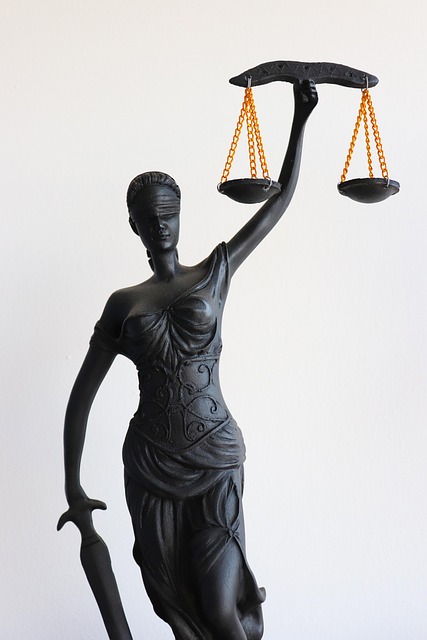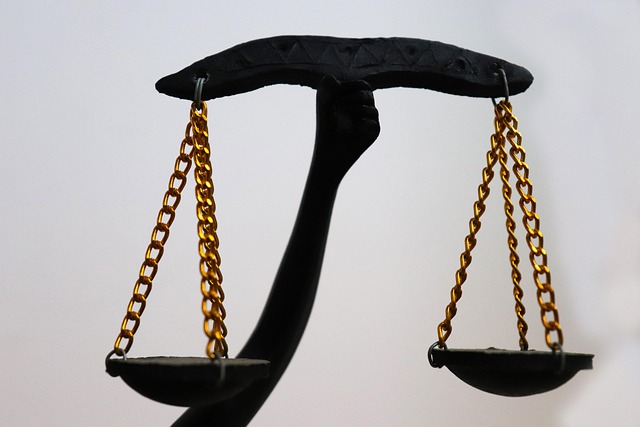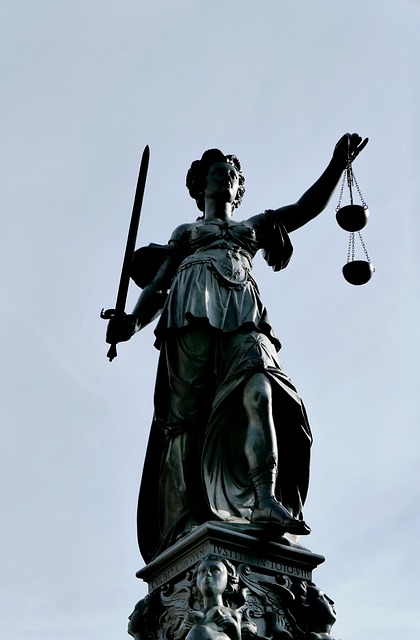Bike accidents with broken bones result in severe physical injuries, including fractured limbs, internal organ damage, and long-term mobility issues. Recovery requires extensive medical interventions, rehabilitation, and emotional support. Victims may face caregiver abuse or insurance disputes, emphasizing the need for legal representation to ensure access to vital resources and fair compensation. A comprehensive approach combining physical therapy, self-care, counseling, and legal aid is crucial for successful recovery from such accidents.
“After a bike accident involving broken bones, the road to recovery is often complex and multifaceted. This article delves into the profound impact of such injuries on both physical and mental health. We explore the healing process, offering insights into average recovery timelines and factors that can influence them.
Furthermore, we navigate the post-accident therapy landscape, highlighting various treatment options—from physical and occupational therapy to counseling—that are crucial for comprehensive healing. Understanding these aspects is essential for victims looking to manage pain, regain mobility, and process the emotional aftermath of a bike accident involving broken bones.”
- Understanding the Impact of Bike Accident Injuries
- – Physical consequences of broken bones
- – Emotional and mental health effects following an accident
Understanding the Impact of Bike Accident Injuries
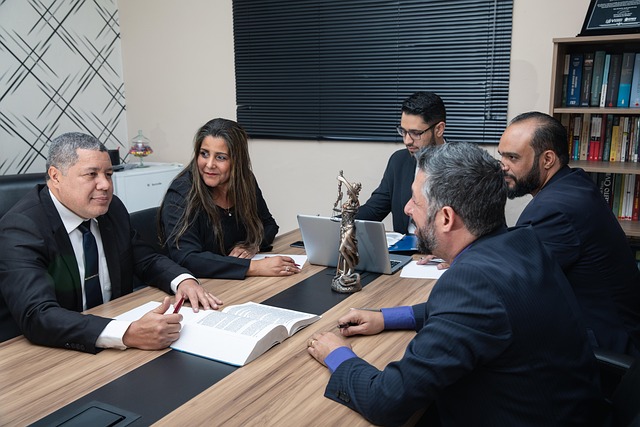
Bike accidents involving broken bones can have a significant impact on an individual’s physical and emotional well-being. The severity of injuries sustained during such incidents varies widely, ranging from fractured limbs to internal organ damage. In many cases, victims may require complex medical interventions, including surgery, casting, or even long-term physical therapy, to promote proper healing.
Understanding the extent of these injuries is crucial for effective recovery planning. Victims often face a lengthy road to rehabilitation, requiring dedicated care and support from healthcare professionals and loved ones. Moreover, addressing issues like caregiver abuse or insurance coverage disputes may become essential aspects of navigating the aftermath of a bike accident involving broken bones. Engaging an experienced accident lawyer can be beneficial in ensuring fair compensation and access to necessary medical resources.
– Physical consequences of broken bones
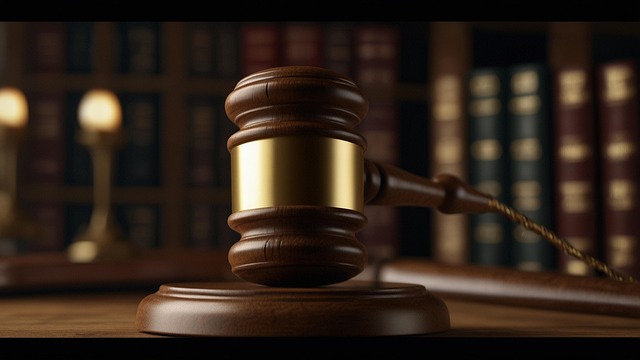
After a bike accident involving broken bones, individuals often face significant physical consequences that extend beyond the initial pain and discomfort. Broken bones, especially complex or multiple fractures, can lead to long-term mobility issues and altered body mechanics. Healing processes vary depending on the type and severity of the breaks, with some bones fusing together abnormally or developing arthritis as a result of the trauma. This can cause chronic pain, reduced range of motion, and even deformities in severe cases.
The impact of these physical consequences goes beyond just the affected limb. Muscle atrophy, where muscles shrink due to disuse, is common among individuals with immobilized limbs during the healing process. This muscle loss can further impair mobility and require additional rehabilitation efforts. Additionally, emotional trauma from the accident can compound physical recovery, as stress and anxiety may delay healing and make it more challenging for patients to engage in necessary exercises and therapy sessions. Engaging an auto accident lawyer or seeking injury compensation might be steps considered by victims to support their physical therapy needs following such incidents.
– Emotional and mental health effects following an accident

Recovering from a bike accident involving broken bones is a physical process, but it’s also crucial to address the emotional and mental health effects that can arise. Such accidents often result in trauma, fear, and anxiety, especially when facing the potential for long-term disability or chronic pain. The shock of the event can lead to acute stress reactions, and as healing progresses, individuals may experience a range of emotions, from anger and frustration to depression and isolation. These feelings are natural responses to physical injury and can significantly impact overall well-being.
Seeking support from loved ones, engaging in self-care practices, and considering legal representation if the accident was not your fault, can all be vital steps in navigating these challenges. Many bike accident victims also benefit from counseling or therapy, which can help them process their experiences, cope with pain, and regain a sense of control over their lives post-accident. This support system, coupled with appropriate medical care for both physical and auto accident injuries, is essential to fostering emotional resilience during the healing process.
After a bike accident involving broken bones, it’s crucial to recognize the multifaceted impact on both physical and emotional well-being. The healing process, while allowing for bodily restoration, often leaves individuals navigating a complex array of feelings related to the trauma experienced. Seeking therapy post-accident is a vital step towards managing not just the physical scars but also the emotional and mental remnants, ensuring a holistic recovery that empowers folks to return to their active lifestyles safely.



